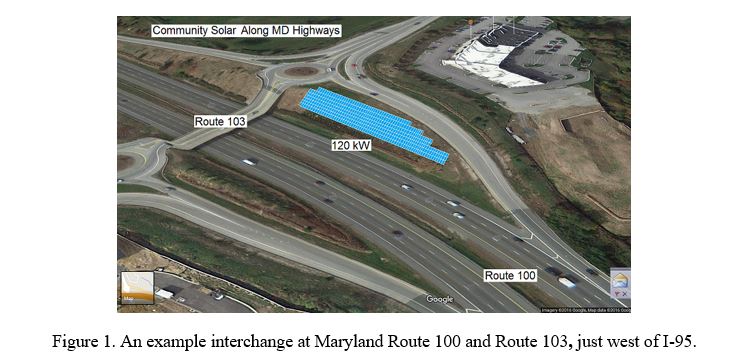March 2017
By Yaobin Chen
As newly elected Chair of the IEEE Transportation Electrification Community (TEC), I am very pleased to write this inaugural message to share with you a few of my thoughts on the current state of TEC and plans for 2017.
Let me first introduce myself briefly. I have been involved in TEC from the very beginning by serving on the Steering Committee of the IEEE Transportation Electrification Initiative (TEI) as a representative from the IEEE Intelligent Transportation Systems Society. My research interests are modeling, control and optimization of hybrid electric vehicles and distributed energy systems, intelligent and connected vehicles, and advanced vehicle and transportation safety. During my 28-year academic career, I have gained a wealth of experience as an accomplished scholar, and effective administrator by serving as department chair, associate dean and research center director. All of these will prepare me well to serve effectively as the Chair of TEC.
Rodger Dyson
As large airline companies compete to reduce emissions, fuel burn, noise and maintenance costs, NASA expects more of their aircraft systems will shift from using turbofan propulsion, pneumatic bleed power and hydraulic actuation—to using electrical motor propulsion, generator power and electrical actuation. This requires new flight-weight and flight-efficient powertrain components, fault-tolerant power management, and electromagnetic interference mitigation technologies. Moreover, initial studies indicate some combination of ambient and cryogenic thermal management and bus voltages that are high in comparison to the state of practice will be required to achieve a net system benefit. Developing all of these powertrain technologies within a realistic aircraft architectural geometry and under realistic operational conditions requires a unique electric aircraft test bed. This report details the development plan for a unique test bed, with a reconfigurable architecture, that industry and Government can utilize to further mature electric aircraft technologies. This test bed is intended to be complementary to other capabilities within NASA, industry and academia.
Bob Bruninga, PE
In order for the Electrification of Transportation to have a meaningful effect on carbon emissions reduction, the energy will need to come from renewable sources. Most people who buy EV’s do want to purchase clean renewable solar or wind power. But many EV owners may not be in permanent homes for the decade needed to invest in their own solar roofs and east of the Mississippi, half or morehomes are too shaded for solar. These EV drivers will need to subscribe to solar or wind from their utility or invest in their own local community solar. Progressive states need to look at enabling community solar now to be ready for the coming growth in Electric Transportation and what better place than along our highways and other existing utility rights-of way.
by Md. Ruhul Amin - This article was updated on October 26, 2017
Greenhouse gases are not only responsible for the melting ice in polar regions on Earth but they are also causes of many incurable diseases. Presently, researchers concentrate on the minimization of greenhouse gases produced from petroleum based bulk-power plants, as well as, demotivate the civilians not to purchase petroleum driven vehicles rather than electric vehicles (EV). The Netherlands is planning on banning all non-electric cars by 2025 [1].
However, to run this EV, there are lots of motors and drivers that have already developed electric vehicles fleets. In general, smart EV takes power from the conventional electric grid in AC mode of power in either mode of transfer, for example, wired power-transfer or wireless power-transfer [2]. Moreover, the reintroduced Volkswagen Golf Electric Vehicle uses highly efficient roof top PV cells to harvest solar energy [3]. The AC is converted into DC power and stored in a highly efficient storage battery. In the case of proper combination of speed and torque, for a particular motor, the battery designs are varied for the purpose of applications of the vehicle. For example, General Motors uses an induction motor for their GM EVI model car [4]. In this vehicle, the stored DC power is to be converted again into AC having variable frequency for providing adequate and variable torque and speed in motor.
Omer C. Onar
General Chair, ITEC’17
It is with great pleasure to welcome the industry, academia, government agencies, and the public to the 2017 IEEE Transportation Electrification Conference and Expo (ITEC’17). In this 6th year of the conference, ITEC keeps helping the industry transition from non-electric to more and all electric forms of transportation including land, sea, air, and rail vehicles covering the electrification of both propulsion and non-propulsion systems and components. Education, health, employment, and quality of living are all important in our lives but transportation is a key enabler to achieve any and each of these. Our lives all depend on high quality, fast, economic, and environmental friendly transportation. ITEC is a unique event that brings experts together to explore the recent advancements, opportunities, and challenges in transportation electrification.
About the Newsletter
Editors-in-Chief

Jin-Woo Ahn
Co-Editor-in-Chief

Sheldon Williamson
Co-Editor-in-Chief
TEC Call for Articles 2023 - Advances in Charging Systems
The TEC eNewsletter is now being indexed by Google Scholar and peer-reviewed articles are being submitted to IEEE Xplore.
To submit an article click here.



